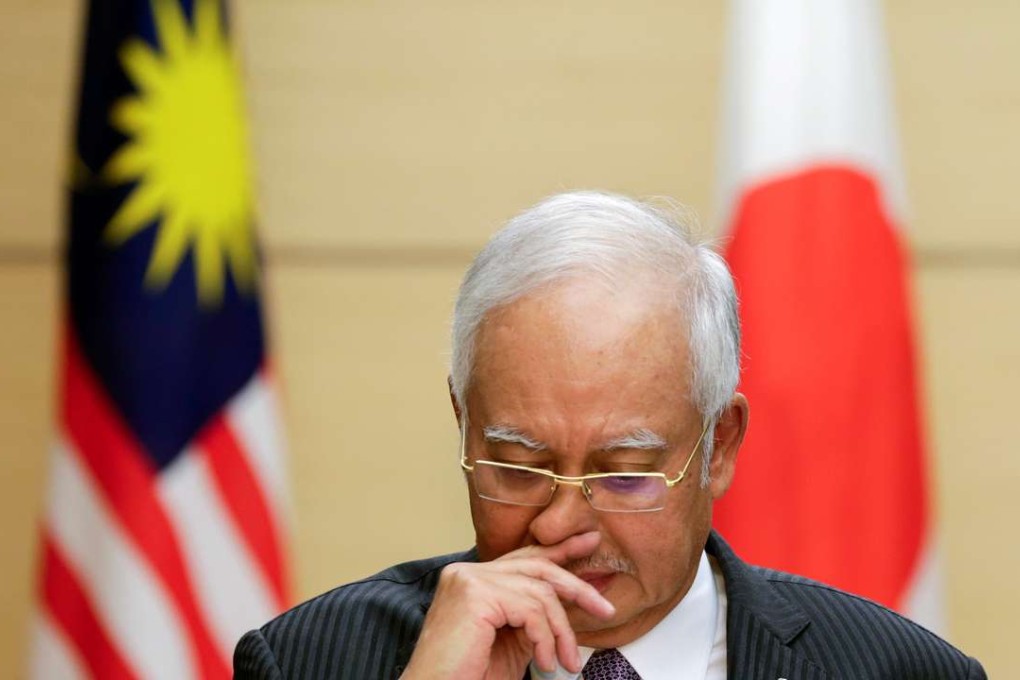China or Japan? Why Southeast Asian states can’t afford to be loyal to only one power
Jiang Xun says Beijing should understand that its less-powerful neighbours, squeezed between two giants, are only doing what’s best for their survival, and dignity

For as long as countries have existed, there have always been big and strong ones, and small and weak ones, and it has never been easy for a small country to survive.
In the China of 770BC or so, the declining royal family of the Eastern Zhou dynasty grew too weak to control its vassal states. It ushered in a period of intense power struggles now known as the Spring and Autumn period. To survive, the smaller states relied on their more powerful counterparts for protection, and learned to exploit the rivalries between the major powers to their own benefit. While the major powers battled for domination, the small and weak relied on a different playbook for survival.
Xi Jinping seeks ‘cooperation’ as Najib Razak takes swipe at West
As Malaysia PM Najib visits, Japan to compete with China for high-speed rail project
In Japan, Najib procured for Malaysia two large patrol vessels to enforce maritime security in the South China Sea, agreed with Japanese Prime Minister Shinzo Abe to reinforce their countries’ strategic partnership, and spoke about the high-speed rail project linking Kuala Lumpur to Singapore. China and Japan are locked in a fierce battle for that high-value contract. In Japan, Najib denied rumours that the contract might go to China, and spoke highly of the safety and reliability of the Japanese Shinkansen system, saying Japan was in a very competitive position in the bidding process. No doubt Najib saw an opportunity to extract a more advantageous deal for his country.
A country with a powerful neighbour must know how to keep a low profile, and be guided by pragmatism
China and Japan are undeniably the two giants in Asia, while the Southeast Asian countries are relatively weak. We could learn a lot from watching how these weaker nations engage with the two powers, such as their official visits to both countries.
Najib visited China between October 31 and November 6; Philippine President Rodrigo Duterte was there from October 18-21; Vietnamese Prime Minister Nguyen Xuan Phuc from September 10 -15; Myanmar’s Aung San Suu Kyi from August 17-21; Cambodian King Norodom Sihamoni from June 2-4; Thai Princess Maha Chakri Sirindhorn from April 5-7; and Singapore foreign minister Vivian Balakrishnan from February 28-March 2.
Let’s look at their engagement with Japan. Najib was in Japan from November 15-17; Indonesia’s minister for maritime affairs Luhut Binsar Panjaitan was there from November 9-10; Suu Kyi from November 1-5; Duterte from October 25-27; Singapore Prime Minister Lee Hsien Loong from September 26-29; Nguyen Xuan Phuc visited Japan in late May.
Why Singapore can’t afford to be pushed around by China
